Town Charter of Vindobona Discovered
A sensational accidental discovery in the form of a small piece of bronze with 41 letters confirms that Roman Vienna was granted a town charter about 1800 years ago. Therewith, this oldest municipal law of Vienna is approximately 1.000 years older than the previously known municipal law of the Middle Ages.
 The historian Niklas Rafetseder has now been able to prove that the bronze plaque from the Wien Museum's depot is the fragment of the Roman town charter of Vindobona. / Picture: © Wien Museum / Lisa Rastl
The historian Niklas Rafetseder has now been able to prove that the bronze plaque from the Wien Museum's depot is the fragment of the Roman town charter of Vindobona. / Picture: © Wien Museum / Lisa Rastl
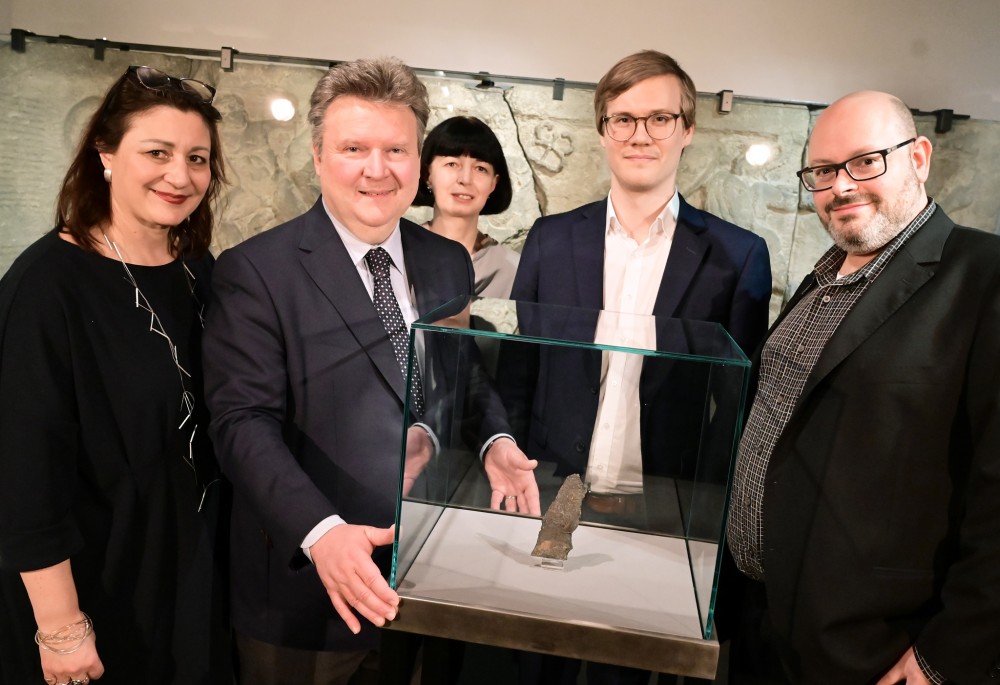
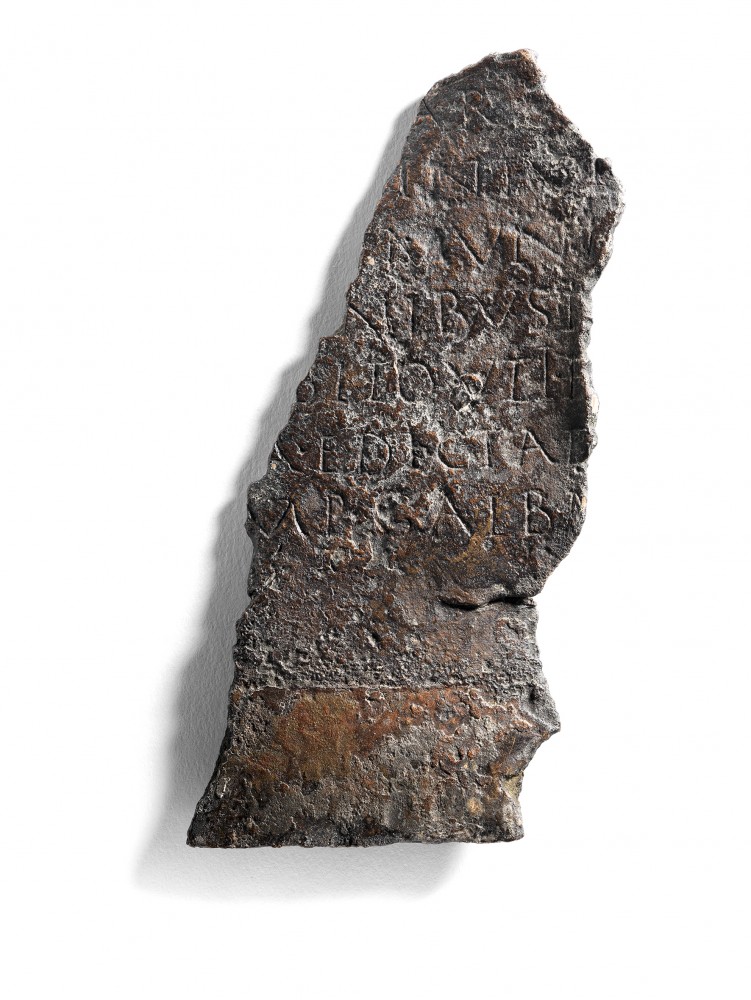
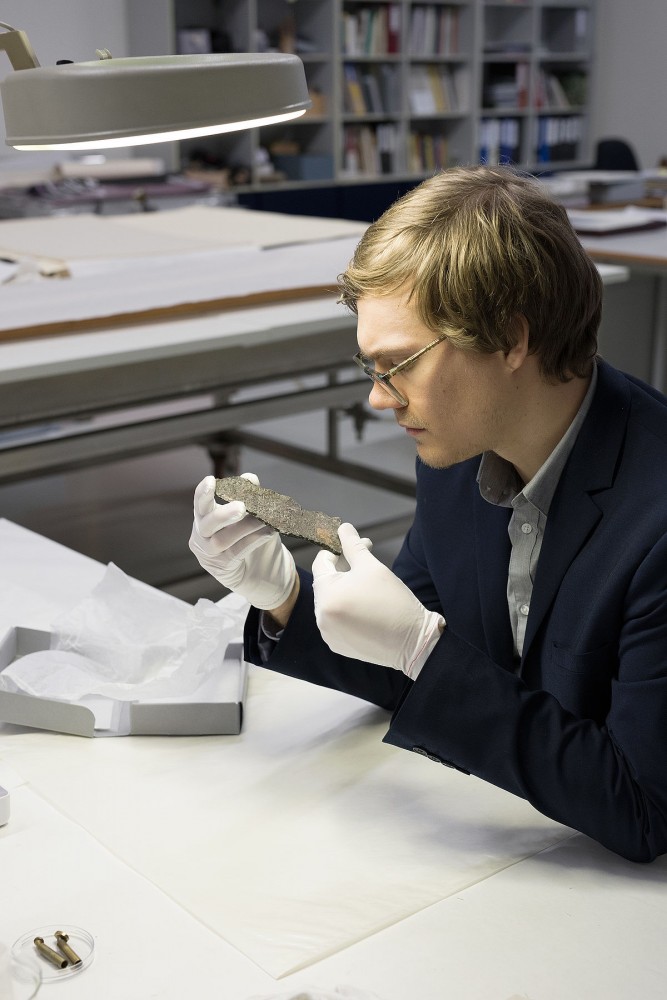
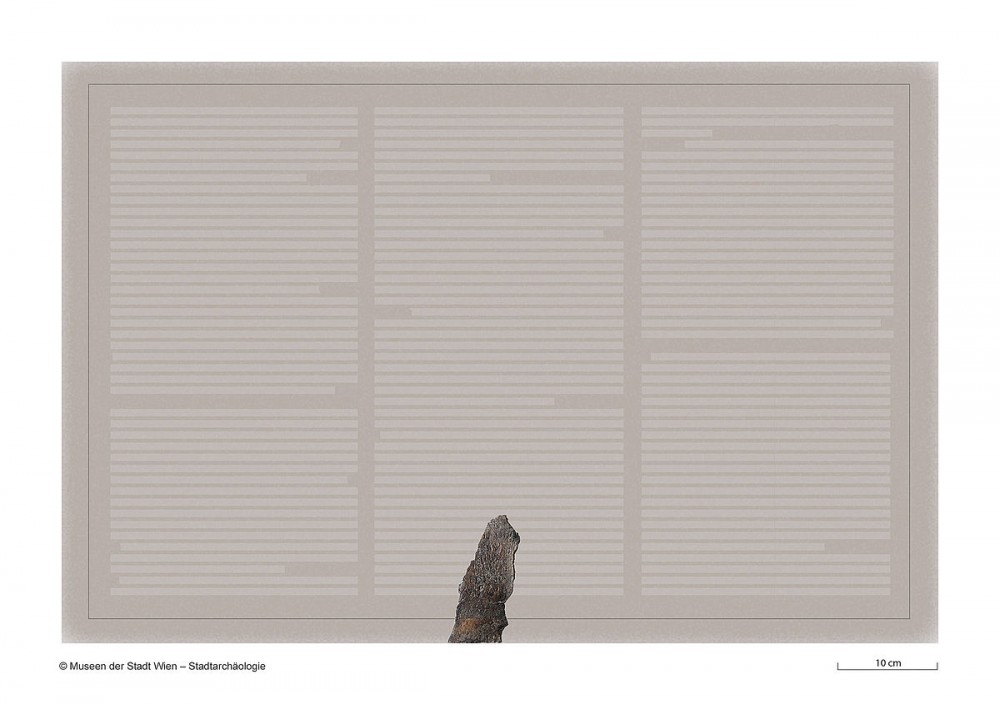
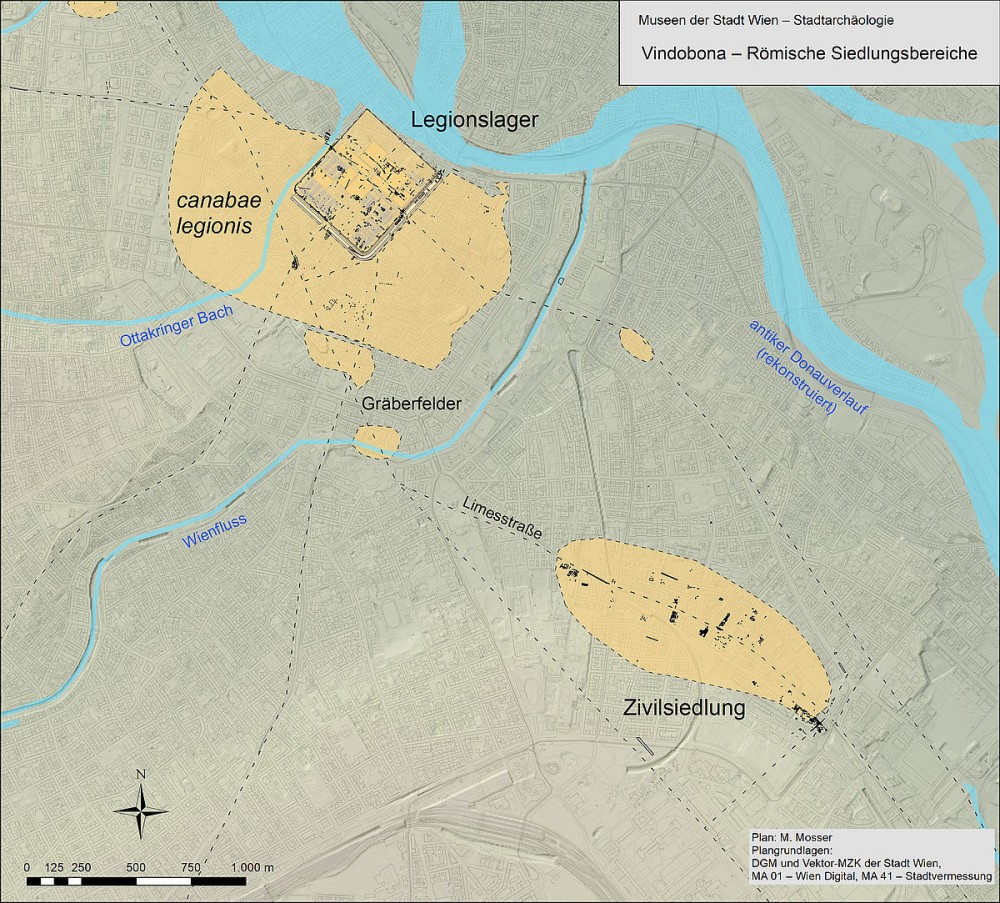
A long assumed but never proved assumption is now certainty. The history lessons about the City of Vienna have to be rethought.
Only privileged communities in the Roman Empire received the town charter granted by the Emperor.
The deciphering of the fragment of the town charter is due to the research of a young historian.
The status of Vindobona as a Roman city, which until now has only ever been suspected, can now be considered very secure.
For 100 years the fragment of a bronze plaque lay in the depot of the Wien Museum.
Now a young historian has succeeded in deciphering the true meaning of this inconspicuous piece of metal: The fragment was part of a city rights plaque.
Thus, not only medieval Vienna had a town charter since 1221, but probably already Roman Vindobona about 1000 years earlier.
Now the fragment of the city law plaque was unveiled by Mayor Michael Ludwig in the Roman Museum at Hoher Markt. From 6 March it is exhibited there.
In 1913, during excavations at the address "Am Hof 4" in Vienna, a piece of a bronze plaque was found near the southern wall inside the former legionary camp of Vindobona. Of the 41 characters only the words "edicta" and "Galba" could be deciphered with certainty. It was assumed that it was an edict of the emperor Galba, who reigned only a few months from 68 to 69 AD. Since then, the fragment, together with other approximately 150,000 other excavated objects, has been stored in the depot of the Wien Museum.
In 1986, plates of the Roman town law of the city of Irni from the 1st century AD were discovered in Andalusia. Since then, approximately 70 per cent of the Roman town law text, which was generally used as a model, is known.
In the course of his dissertation on Roman town laws at the University of Vienna, the historian Niklas Rafetseder has now been able to uncover parallels between the Vindobona fragment and the town law of Irni, thus proving that the bronze plaque from the Wien Museum's depot is the fragment of a Roman town law tablet. The city law most likely refers to the civil or camp suburb of the legionary site of Vindobona, whose status as a municipality between 120 and 250 AD can now be established with a high degree of certainty.
"It is considered a scientific sensation and makes the heart of every historian beat faster: Vienna was granted a municipal charter as early as 1800 years ago. The deciphering of the fragment of the town charter, a small piece of bronze with 41 letters, is thanks to the research of the young historian Niklas Rafetseder. The teaching of history about the city of Vienna must in any case be rethought", emphasises Mayor Michael Ludwig.
"The new knowledge about Vienna's first municipal law is the result of the constructive scientific cooperation between the Wien Museum and the University of Vienna and the resulting bundling of research interest and expertise. The possibilities offered by digitisation also played a decisive role in this process. Today, digitisation is the foundation for scientific research, it enables new, location-independent results across all borders," says Vienna's City Councillor for Culture, Veronica Kaup-Hasler.
"Research on Roman Vienna is based on the scientific work of numerous personalities. For more than 100 years, the city law of Vindobona had been suspected in scientific circles, but now the proof has finally been provided. But who thought that the 'missing link' in our own depots was always so close? This shows how important research into our own collections is." (Michaela Kronberger, Curator of the Wien Museum)
Only privileged communities in the Roman Empire were granted the right to call themselves Municipium or Colonia. It regulated the institutional order such as offices and town councils, the administration of justice, the political management by a class of respectable citizens and the administration, from tax collection to fire protection and street cleaning. The 10 or more bronze plaques, each probably measuring about 90 x 60 cm, were exhibited publicly in the forum area. And usually melted down again for late antique metalworking. The fragment of the town charter of Vindobona has been preserved by chance.
"Only a few town charters have been handed over from the Roman Empire, since this type of document was written on bronze. This material was in great demand and was therefore repeatedly melted down in the course of history in order to use it elsewhere. Therefore, texts on bronze are very rarely found. This makes the find even more sensational," says Dr. Franziska Beutler, Institute for Ancient History and Archaeology, Papyrology and Epigraphy.
The status of Vindobona as a Roman city, which until now has only been suspected, can now be considered very safe.
Peer reviewers and editors have already confirmed the accuracy of Niklas Rafetseder's scientific conclusions.
"The discovery of the fragment shows once again that the Roman cities along the Danube, although located on the outermost periphery of the Empire, were organised according to the same pattern and the same legal and political principles as those of the core countries of the Empire (Italy, Hispania, etc.). According to Fritz Mitthof, Professor of Roman History at the University of Vienna, the urbanisation of the subjugated territories and the granting of city rights were central elements of Rome's system of rule, which was aimed at integrating and levelling out the initial differences.
About City Archaeology Vienna (Stadtarchäologie Wien)
For about 100 years, the main task of Stadtarchäologie Wien has been to conduct archaeological research into the past of the federal capital. At that time, archaeological objects began to be systematically stored and find contexts documented on site. In the course of the decades, a dense network of archaeological information has thus been created that provides information about the settlement of the Vienna area from the 6th millennium BC to the present.
To date, the extensive archaeological collection of the Wien Museum comprises approximately 150,000 objects that have been recovered in the course of the rebuilding of the city since the late 19th century.



